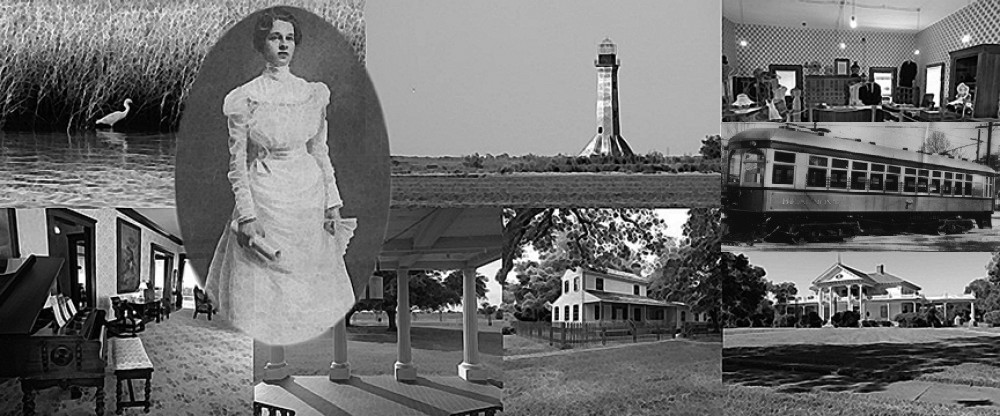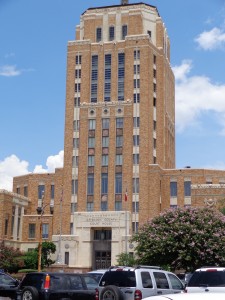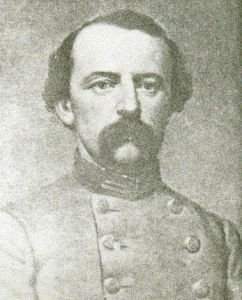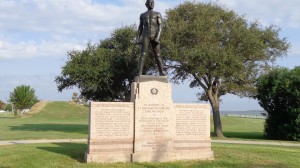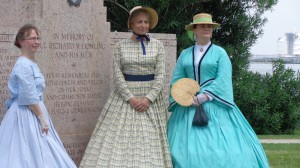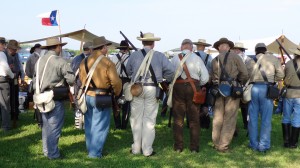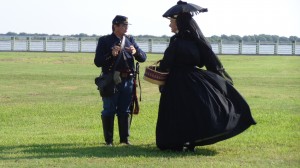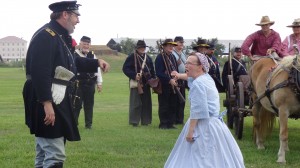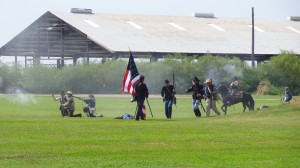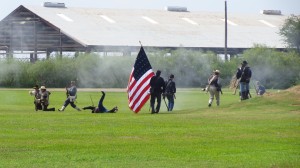There are times when you think your day couldn’t get any better, but then it does—even if it means you end up in jail!
After the Jefferson County Historical Commission’s meeting, I was fortunate to be able to take a tour of the upper realm of the Jefferson County Courthouse. Excited about having the chance to photograph the landscape of Beaumont, I hadn’t a clue what would I would find once I got there. My historical knowledge about the Courthouse was little-to-none, and I was amazed to find out that the upper floors were once Beaumont’s jail. So armed with a guide, who was very knowledgeable about the building’s history and its many secrets, I proceeded up the stairs of history.
Built in 1931 at a cost of one million dollars, the Jefferson County Courthouse is one of the tallest courthouses in the state (13 stories high). The top five floors were used as the county’s jail from 1931 right up until the early 80s. Nowadays, the upper floors are used for storage, but the past is still very much present. The original graffiti and murals are still visible alongside the rusting iron bars, peeling paint, and 80-year-old cells.
I found the experience of exploring the upper floors of the Courthouse both exciting and surreal. This place wasn’t for the meek: it was a prison. The stories of what the prisoners threw out the windows at times would match those from any zoo. (Let’s just say that the canopy, which was in front of the Courthouse for all those years, was there for a reason.)
There are no set tours but, if you ever have a chance to explore the Courthouse, by all means do it. It is a place with an amazing history and is a SETX treasure.
The article that I have added below is from the Beaumont Enterprise 1931. I do not know who the author is, but I found this article to be most amusing.
——————————————————————————————————————
Exclusive Apartments Open About November 1
Beaumont’s newest and most exclusive apartment house, “Bar Harbor,” is nearing completion and tenants are expected to move in about November 1. The building itself, which will cost approximately $1,000,000, is conceded to be one of the best in the state.
Located within a block of the harbor, the windows of the apartments, which are located on the eighth to thirteenth floors, give a remarkable view of the city and surrounding territory and their height insures a constant breeze. Because of this and the proximity to the river it is conceded that tenants who take leases on space in the building will seldom suffer from the heat which sometimes descends upon the city.
Electric Refrigerator
Every conceivable convenience has been provided. Electric refrigeration is not only provided in the kitchen, but ice water is available in each room. Many windows give plenty of light and ventilation. Steam heat warms the building in winter and hot water is on tap at all times. Elevator service is offered 24 hours a day and caretakers are on hand at times to look after the needs of the tenants.
Home cooking is not essential for the lucky tenants as a table d’hote restaurant service is provided by the management for those who wish their meals sent in.
Unique in Beaumont
The apartment house, because of the many luxuries, and advantages it offers, is to be unique in Beaumont. Apartments will be let by lease only and there is a clause in the contract which absolutely prohibits lease breaking. No children or pets will be allowed in the building.
Persons interested in taking an apartment in “Bar Harbor” are advised to get in touch with the custodian, W.W. Covington, at the sheriff’s office.
Airy and Well Lighted
Yes, dear readers, this new and modern apartment building is none other than the new Jefferson county jail located atop the million dollar courthouse. But what a glorified jail it is! No dark, dingy, buggy, and unsanitary hole, but six stories of airy, well-lighted cells, adequately barred it is true, but also provided with clean, light painted walls, hot, cold, and ice water at all times, shower baths, snowy white toilets and wash basins. The furniture is built in and indestructible.
Steel bunks built in, steel dining benches, and benches with the tables so built that they make a comfortable backrest when the prisoner wishes to turn around and lean back, are furnishings provided for the guests of the county.
